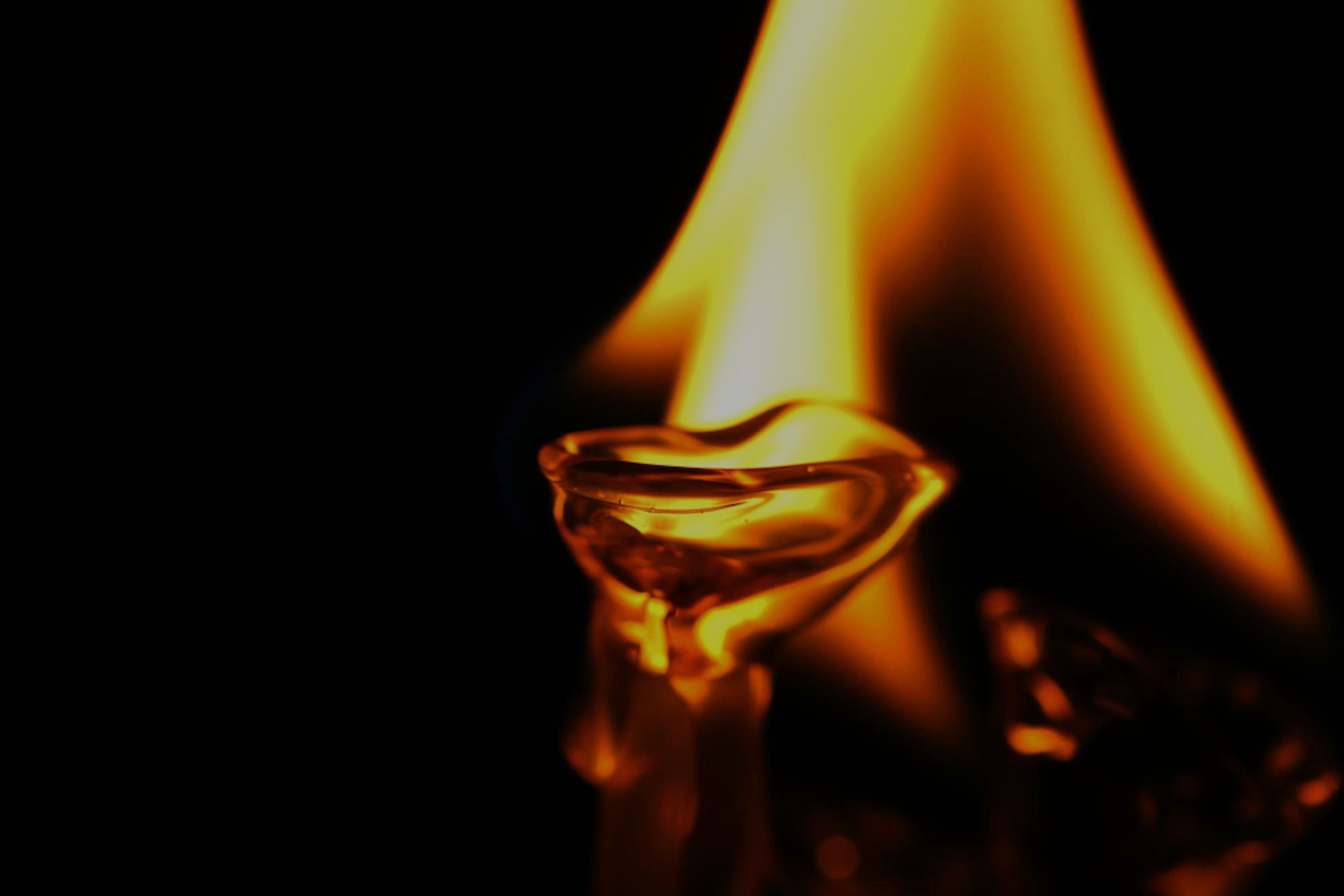

Originally published on fastradius.com on June 9, 2021
There are many different factors, including ease of ignition and flame spread capabilities, that can influence a plastic’s flammability. In order to properly study flammability and definitively determine how flammable a particular plastic is, engineers and product teams turn to the UL 94 standard.
UL 94 is a widely-used plastics flammability test created by the Underwriters Laboratories (UL) that measures how a plastic part burns and how well it prevents flames. UL 94 flammability testing ranks plastics according to their ability to ward off ignition, remain consistent in high temperatures, and produce flammable plastic drippings.
Since actual fire conditions are unpredictable, UL 94 flammability does not reflect how a material will react while on fire. Rather, UL 94 standards determine how acceptable, or usable, a specific plastic material is for a particular purpose or part with respect to its flammability.
The UL 94 flammability standard rating chart contains six categories, listed from least to most flame-resistant:
| UL 94 RATING | DEFINITION OF UL 94 RATING |
|---|---|
| HB | A horizontal burning test, where burning stops before 100mm |
| V-2 | Burning stops within 30 seconds on a vertical part, permitting drops of vertical flammable plastic |
| V-1 | Burning stops within 30 seconds on a vertical part, permitting drops of plastic not in flames |
| V-0 | Burning stops within 10 seconds on a vertical part, permitting drops of plastic not in flames |
| 5VB | Burning stops within 60 seconds on a vertical part, permitting non-inflamed drops of plastic that can yield plaque holes or burn-through |
| 5VA | Burning stops within 60 seconds on a vertical part, permitting non-inflamed drops that do not yield plaque holes or burn-through |
UL 94 V-0, V-1, and V-2 flammability standards ratings are generally acceptable for portable, unattended, intermittent-duty household appliances like coffee machines or stand mixers. Various factors including part size and thickness, distance from uninsulated live parts, and hotwire ignition will determine which classification applies.
A plastic’s flame resistance can be improved upon through the use of additives, which are compounds added to plastics to reduce flammability. Flame retardant additives for plastics are designed to inhibit, suppress, or delay combustion due to heat and flame, and protect plastic components from combusting before ignition.
Many flame retardant plastic additives prevent pyrolysis in order to prevent fires. Pyrolysis is a process where polymer molecules degrade into hydrocarbon molecules and flammable gasses, then combine with oxygen to yield exothermic chemical reactions. Reactive flame-retardant additives are inserted into the polymer molecule itself, whereas active additives are blended into the polymer. Both kinds can suppress ignition in the vapor (gaseous) and condensed (solid) state of a fire.
There are three common processes for producing flame retardant additives:
This is the most common kind of flame retardant additive for plastics, known as brominated flame retardants (BRFs). BRFs are organohalogen compounds that undergo thermal degradation before releasing chemicals, which decrease oxidation reactions of flames. BRFs are low-cost and work with many polymers, but keep in mind halogens are considered toxic to humans and animals.
Endothermic degradation uses mineral compounds commonly known as antacids, such as aluminum or magnesium hydroxides, as flame retardants for fire’s vapor phase. These compounds break down when subjected to high heat, absorbing the heat created through endothermic reactions. This halts combustion, cools the material, and prevents flames.
Phosphorus flame retardants are non-halogenated compounds that form phosphoric acid when heated, which chars a solid and creates a thick layer of carbon. This insulates the polymer and slows down pyrolysis, resulting in the hindered release of gasses that could fuel a fire. Phosphorus flame retardant additives can be active or reactive, and you could add halogens that act on the gas phase of fire for increased protection.
Some plastics are inherently heat-resistant and have high melting points, which helps prevent them from catching on fire. These plastics do not require flame retardant additives to fight combustion — for example, polyetherimide (PEI) is naturally flame resistant while polybenzimidazole (PBI) does not burn and has no known melting point.
When it comes to flammability, you don’t want to take any chances. Referencing the UL 94 flammability standards rating chart will help you and your product team choose the best material for your application. Product teams should still go the extra mile and work alongside industry experts to more accurately understand the UL 94 flammability standard of a particular material and ensure their next project won’t go up in flames.
SyBridge can help you access and make sense of UL 94 flammability charts with confidence, so you can know which materials are best suited for your purposes. Our team has vast experience working with a wide range of plastics that have all been tested according to UL 94 flammability standards, and we will help you with every step of the manufacturing process. Contact us today to fire up your material selection process for flame-resistant parts.
Forget typical cycle times. We're pushing the boundaries of conformal cooling. While traditional approaches deliver…
Forget typical cycle times. We're pushing the boundaries of conformal cooling. While traditional approaches deliver…
From left to right: Brayden Janak (apprentice); Logan Vifaquain (CNC machining, Programming and CMM); Ron…
SyBridge Technologies is proud to announce we have been awarded the 2023 General Motors Supplier…
Today, designers and engineers are accustomed to working with digital tools in their day-to-day jobs.…
Optimizing Your Injection Molding Process for Cost-Effective Manufacturing Excellence In today’s competitive landscape, manufacturers are…